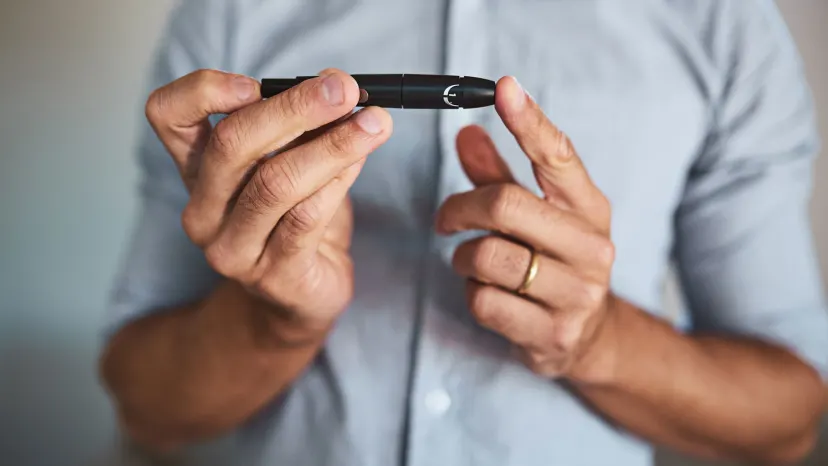Diabetes
Introduction
If you've been living with diabetes—or if you or someone you love just received a diagnosis—you're probably looking to gather as much information as you can find.
Whether it's type 1 or type 2 diabetes, there are a wide range of health issues to know about.
To help you understand the signs and symptoms of diabetes, as well as what may cause the condition and the treatments available, we've gathered important information and put it in one convenient place.
From prediabetes, to diabetes prevention and living with diabetes, to details about type 1 diabetes and type 2 diabetes, this is the place to find a wealth of information.
Because only your healthcare provider (HCP) can diagnose diabetes and provide you with a treatment plan tailored to your specific needs, it's important to work with them to get the help you need. Explore these topics to start, then discuss them with your HCP.
Prediabetes
What is prediabetes? If you're diagnosed with it, does that mean you'll get diabetes? Can you reverse prediabetes? Learn the facts about what prediabetes is, know the common risk factors, and understand the role certain medications and/or lifestyle changes may play in keeping you healthy.
Diabetes prevention

Is type 1 diabetes preventable? What about type 2? If you're wondering how to prevent diabetes, you've come to the right place. Discover how diet and lifestyle factors may influence whether or not you might develop diabetes and what you can do to stay on the path to wellness.
Living with diabetes
Now that you've gotten a diabetes diagnosis, there's a lot to take in. Will you have to restrict your diet? Exercise more? Take medications? Or maybe receive insulin shots? Although every person is unique—and diabetes treatment plans are tailored to the individual—we'll help you understand what to expect when working with your HCP so you can live life to the fullest.
Type 1 diabetes

Is type 1 diabetes the same as "juvenile diabetes"? If so, does that mean adults can't be diagnosed with it? Find out what causes type 1 diabetes, read about risk factors and treatments, and learn what to expect after a diagnosis.
Type 2 diabetes
If you have a family history of diabetes, you might be worried you'll develop it, too. So, is genetics really a risk factor? What about age or certain lifestyle habits? Discover the signs, symptoms, and treatments for type 2 diabetes and gather the information you need to talk with your HCP about your condition.





